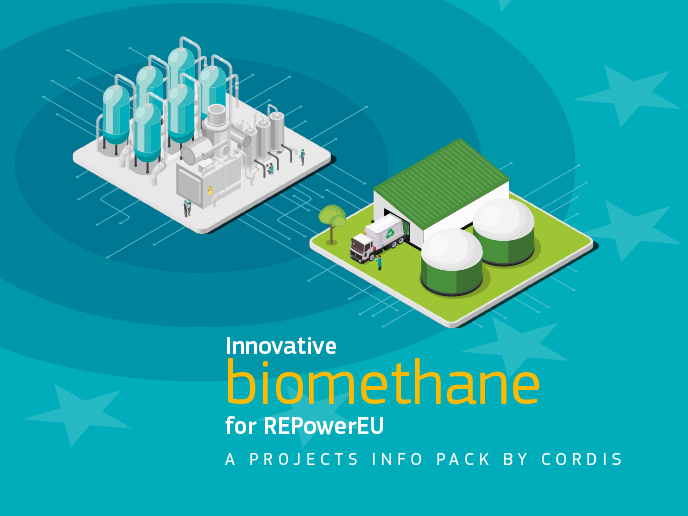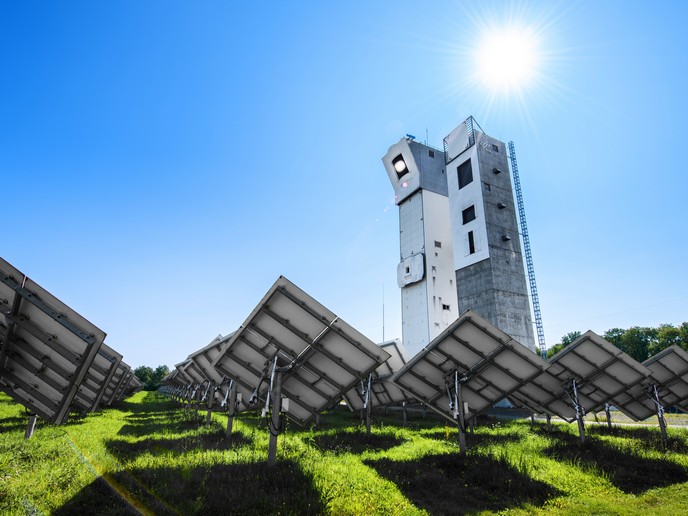Pollutant-eating, energy-saving concrete
Within the EU, buildings are responsible for 40 % of total energy consumption and a third of carbon dioxide (CO2) emissions. The 'Photocatalytic and energy – storage innovative concretes' (PHOENICS) project addressed this problem.Researchers treated the exposed surfaces of concretes with highly visible light-active titanium dioxide (TiO2), which can reduce air pollution. In addition, encapsulated phase-change materials (PCMs) were introduced to optimise energy efficiency in buildings using photocatalytic concrete. PHOENICS members therefore combined photocatalysis and energy storage to produce multifunctional concretes. These innovative materials possessed enhanced structural, depolluting, self-cleaning and energy-saving properties. The main pollutants that TiO2 can deal with include nitrogen oxides, sulphur oxides and volatile organic compounds. The material is also self-cleaning due to the light-induced super-hydrophilic nature of TiO2 light-irradiated surfaces, rendering it possible to break down dirt and stains. Suitably treated TiO2 systems were identified for visible light sensitisation and remained stable when integrated into the cement. The results were integrated into the LIGHT2CAT(opens in new window) project. Researchers developed a pumice stone-based PCM termed PEG600, capable of storing and releasing large amounts of energy. The PEG600 impregnated pumice stone is highly stable, making it suitable for use in concrete walls and floors. PEG600 enables indoor spaces to maintain their temperature better than ordinary concrete. This translates into saved energy (and money) when a building is heated during winter and cooled during the summer. In addition, pumice stone is an extremely cheap raw material. The innovative construction materials developed by the PHOENICS project can be applied to both new and renovated buildings, resulting in fewer pollutants and cleaner buildings. In addition, lower energy consumption for heating and cooling will mean reduced CO2 emissions.







